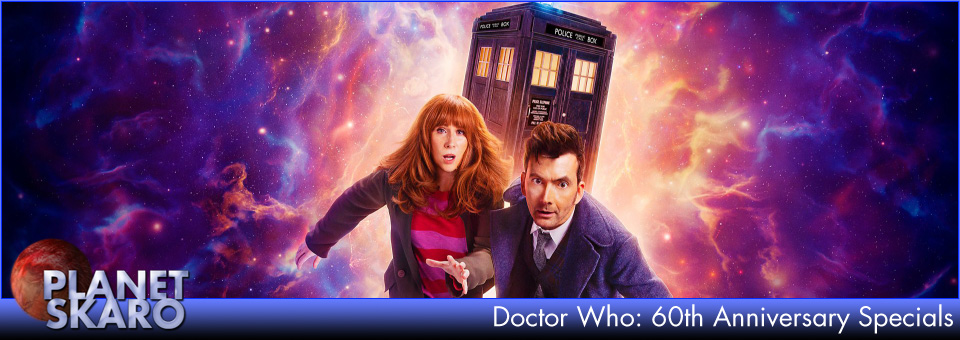Thread: The Hand of Omega field test?
Results 1 to 1 of 1
-
28th Oct 2009, 11:19 PM #1
 The Hand of Omega field test?
The Hand of Omega field test?
Scientists have observed a huge explosion from the distant past using NASAs Swift satellite.
http://news.bbc.co.uk/2/hi/science/nature/8329865.stm
Astronomers have confirmed that an exploding star spotted by Nasa's Swift satellite is the most distant cosmic object to be detected by telescopes.
In the journal Nature, two teams of astronomers report their observations of a gamma-ray burst from a star that died 13.1 billion light-years away.
The massive star died about 630 million years after the Big Bang.
UK astronomer Nial Tanvir described the observation as "a step back in cosmic time".
Professor Tanvir led an international team studying the afterglow of the explosion, using the United Kingdom Infrared Telescope (UKIRT) in Hawaii.
Swift (Nasa)
He told BBC News that his team was able to observe the afterglow for 10 days, while the gamma ray burst itself lasted around 12 seconds.
The event, dubbed GRB 090423, is an example of one of the most violent explosions in the Universe.
It is thought to have been associated with the cataclysmic death of a massive star - triggered by the centre of the star collapsing to form a "stellar-sized" black hole.
"Swift detects something like 100 gamma ray bursts per year," said Professor Tanvir. "And we follow up on lots of them in the hope that eventually we will get one like this one - something really very distant."
Another team, led by Italian astronomer Ruben Salvaterra studied the afterglow independently with the National Galileo Telescope in La Palma.Remember, just because Davros is dead doesn't mean the Dalek menace has been contained ......
Similar Threads
-
UK's first ever hand Transplant
By SiHart in forum News and SportReplies: 4Last Post: 4th Jan 2013, 11:38 PM -
Doctor Omega
By Nyder in forum The Fiction FactoryReplies: 2Last Post: 15th Mar 2012, 3:43 PM -
Doctor Who - The Hand of Peace!
By Si Hunt in forum PlanetSkaro AudiosReplies: 156Last Post: 28th Nov 2011, 2:04 PM -
Hand of Fear Tribute Repeat
By SiHart in forum Adventures In Time and SpaceReplies: 9Last Post: 13th May 2011, 8:29 PM




PSAudios 6.1. Bless You Doctor Who
[/URL] (Click for large version) Doctor Who A thrilling two-part adventure starring Brendan Jones & Paul Monk & Paul Monk Bless You,...
23rd Nov 2020, 3:02 PM